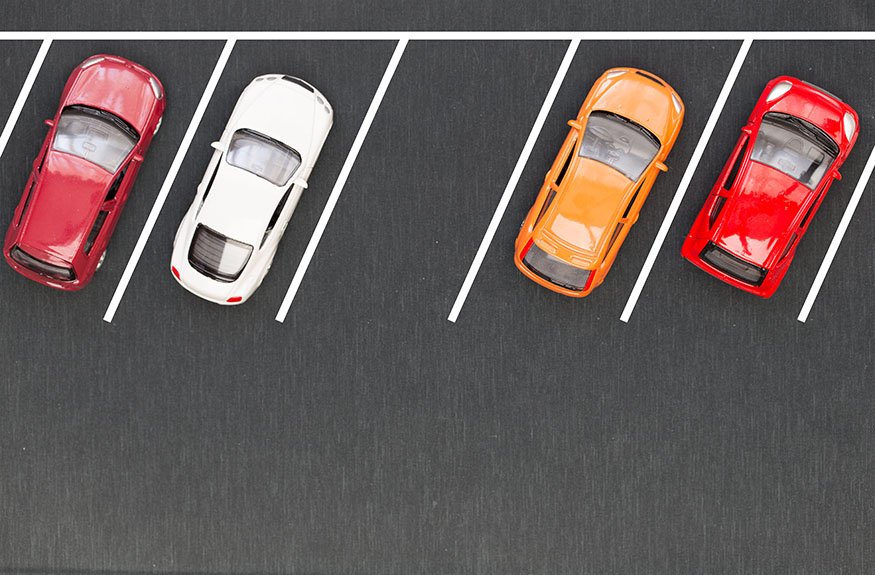3 Trends for Parking Management
As transportation and technology meet, parking lot owners and managers must look to the future to see what may happen to the traditional parking structure. Changing consumer habits and the shift away from cars being driven by millennials may mean the future’s parking lot looks nothing like today’s. Here are a few trends in the world of parking management.
Mobile Applications
Firstly, the phone and the internet have made the consumer’s pace of life faster. People are less and less tolerant of using cash, waiting in lines or wandering a parking deck looking for a spot. This has led to a demand for mobile apps for parking decks and parking lots. These apps show availability, assist with wayfinding and provide cashless payment for spots.
While Convenience and speed have always been top priorities for consumers, smartphones make it possible to truly ease the process. Apps like ParkMobile have already begun to digitize the parking process. Apps are becoming a quick, economical and effective way to manage a parking system.
Alternative Modes of Transportation
It can no longer be assumed that most travelers are in a car. Rideshare apps, increased use of public transport and the occasional transportation trend, such as dockless scooters, have meant change for parking. This change comes in the form of curb management.
The increased use of rideshare apps demands a designated space for pick-up and drop-off to manage congestion. In addition, bike-friendly cities demand designated space for bikes and scooters. Future parking lots are going to require new thinking by way of organization and layout. Autonomous cars and new waves of transportation are rapidly approaching and major shifts may occur for safety and congestion. Looking forward, parking lot experts must become adaptable.
Scaling Up and Down
When physical stores were the only way to shop, parking lots were designed to accommodate high traffic seasons. However, with the rise of online shopping and rideshare services, parking lots and decks are looking to downsize. A movement towards environmentally conscious building practices means consumers do not see the need for large parking decks. In office spaces, companies are turning to communal workspaces and working from home. This means a decrease in people coming to the office which signals for a decrease in parking.
Secondly, walking, cycling and other environmentally-friendly modes of transportation create a significant decrease in the need for parking spots. While parking decks and parking lots are still necessary, their need for adaptability is increasing as technology seeks to fundamentally change the way people get around.
Contrarily, building density has seen an increase in some areas. Parking lots in high density areas are having to restripe to accommodate for an increase in parking demand. Paying attention to the density around properties may influence the future of your parking management.
Research:
parking.org, Larissa Ortiz Associates, General Manager of Industrial Property Mangement with JLL Emily White









